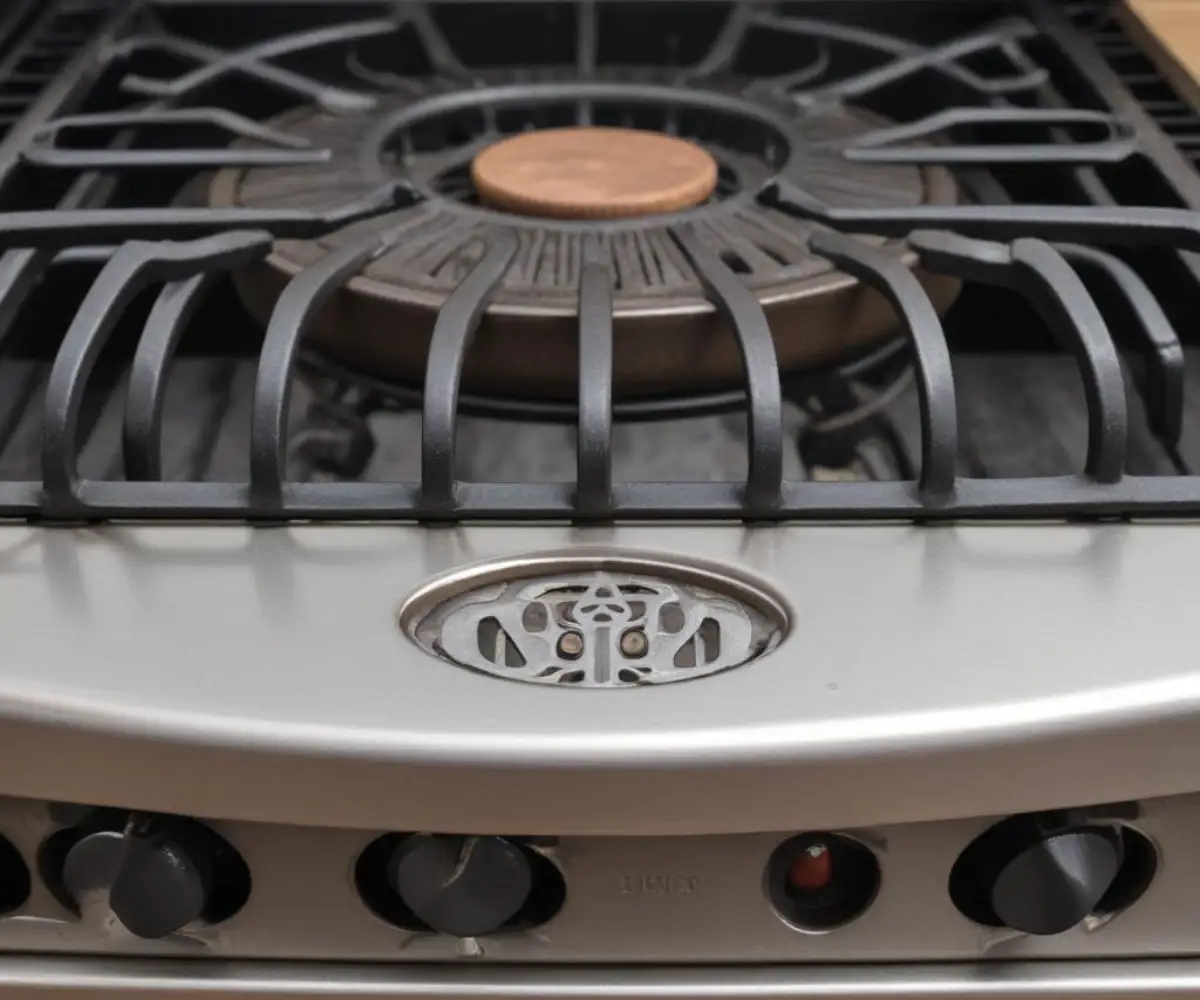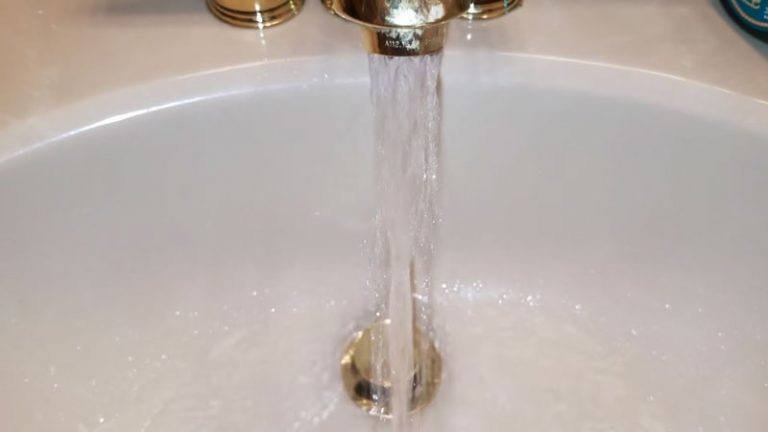Gas Stove Hot When Off? Uncover the Alarming Reasons Now
You’ve finished cooking, the burners are off, but you notice your gas stove is still warm—or even hot—to the touch. It’s a disquieting discovery that can leave you wondering if your appliance is malfunctioning or posing a hidden danger. While some residual heat is normal, excessive or prolonged warmth can be a red flag signaling a deeper issue.
Understanding the difference between normal operation and a potential hazard is crucial for your peace of mind and your family’s safety. This guide will walk you through the common causes, essential safety checks, and actionable solutions to address why your gas stove remains hot when it’s supposed to be off.
You'll Learn About
Is It Normal for a Gas Stove to Be Warm When Off?
First, let’s establish a baseline. It is perfectly normal for the cooktop, especially the cast iron grates and burner caps, to retain heat for a significant period after cooking. These heavy materials absorb a lot of heat and can take up to an hour to cool down completely.
However, if you haven’t used the stove for several hours, or even days, and the surface is still noticeably warm, it’s time to investigate. The key is to distinguish between the normal, fading warmth of residual heat and a constant, self-generating heat source.
Top 5 Reasons Your Gas Stove Stays Hot
If the heat you’re feeling isn’t just leftover from your last meal, one of these five culprits is likely to blame. Identifying the right one is the first step toward finding a safe and effective solution.
1. The Pilot Light is Always On
Many older gas stoves use a “standing pilot” ignition system. This means there is a small, continuous flame burning under the cooktop to ignite the burners when you turn the knob. This tiny flame, though small, burns 24/7 and generates a constant, low level of heat.
This heat radiates upwards, often making the center or specific spots on the cooktop feel perpetually warm. While this is normal for this type of stove, it’s also a constant source of energy consumption. Modern stoves, by contrast, use electronic igniters that only create a spark when you turn the burner on.
2. Heat from the Oven’s Pilot Light
It’s easy to forget that your oven is part of the same appliance. Just like the cooktop, many gas ovens have their own standing pilot light or an electric glow bar that heats up to ignite the gas. This component is often located at the back of the oven.
The heat generated by the oven’s pilot light will naturally rise, warming the cooktop from below. If the warmth on your stove seems generalized or concentrated towards the back, the oven pilot is a very likely cause. This is a normal function but contributes to the overall warmth of the appliance.

3. A Malfunctioning or Leaking Gas Valve
This is the most serious and dangerous potential cause. Each burner is controlled by a gas valve that opens and closes when you turn the knob. If a valve becomes worn out or faulty, it may not close completely when you turn the burner to the “off” position.
When this happens, a small, often invisible amount of gas can continue to leak out and burn at the burner orifice. This tiny, persistent flame will make the area around that specific burner dangerously hot and is a significant fire and gas leak hazard. If you suspect this is the issue, it requires immediate attention.
4. A Faulty Electronic Ignition System
On modern stoves, the electronic ignition system is responsible for creating the spark that lights the gas. In rare cases, a fault in the spark module or switch can cause it to continuously send a low electrical current to the igniter, even when the stove is off.
This electrical energy can generate a surprising amount of heat directly at the burner’s ignition point. If you find one specific burner is hot and you have a modern stove, a faulty igniter could be the culprit. This scenario can also be a fire hazard if left unaddressed.
5. Transferred Heat from Other Appliances
Finally, consider the stove’s environment. Is it installed directly next to a dishwasher that was just running its drying cycle? Is there a heating vent underneath it or a refrigerator with rear coils placed too closely behind it?
External sources can transfer heat to the metal body of your stove, making it feel warm to the touch. Before assuming the problem lies within the stove itself, check its immediate surroundings for other heat-producing appliances.
Safety First: A Step-by-Step Troubleshooting Guide
Before attempting any fix, you must perform a few basic safety checks to diagnose the problem and ensure there isn’t an immediate danger. This simple process can help you narrow down the cause.
Step 1: The Smell Test. The most critical first step is to check for the smell of gas. Natural gas is odorless, so utility companies add a substance called mercaptan, which smells like rotten eggs or sulfur. If you detect this smell, do not operate any electrical switches or create any sparks. Immediately open windows to ventilate, leave the house, and call your gas utility’s emergency line from a safe distance.
Step 2: Isolate the Heat. Carefully move your hand over the cooktop (without touching it at first) to determine the heat’s location. Is it a general, mild warmth across the entire surface, or is it intensely hot over one specific burner? Concentrated heat often points to a faulty valve or igniter.
Step 3: Check the Oven. Open the oven door. Is it warm inside? If so, the oven pilot light is almost certainly the cause of the heat on your cooktop. This is generally not a cause for alarm unless the heat is excessive.
Step 4: Look for the Flame. For older stoves, you can sometimes see the pilot light by lifting the cooktop. Carefully lift the hinged top of the stove and look for a small, steady blue flame. If the flame is large, yellow, or sputtering, it may need adjustment by a professional.
Quick Reference: Causes & Solutions
Use this table to quickly identify the likely cause of your stove’s heat and the appropriate course of action.
| Potential Cause | Key Symptoms | Solution Level | Safety Risk |
|---|---|---|---|
| Standing Pilot Light (Stovetop/Oven) | General, consistent, low-level warmth across the cooktop. | Normal Operation (DIY Understanding) | Low |
| Residual Heat After Cooking | Heat is concentrated on the used burner and grates, fading over an hour. | Normal Operation (DIY Understanding) | Low |
| Faulty Gas Valve | Intense heat at one burner, possible faint gas smell or hissing sound. | Professional Repair Only | High |
| Faulty Electronic Igniter | Heat concentrated at one burner on a modern stove; may hear faint clicking. | Professional Repair | Medium |
| Heat from Another Appliance | Stove feels warm, but so do adjacent counters or cabinets. | DIY (Relocate Appliances) | Low |
How to Fix a Gas Stove That Stays Hot
Once you’ve diagnosed the likely cause, you can determine the right solution. For your safety, many issues related to gas appliances should only be handled by a qualified technician.
Dealing With a Standing Pilot Light
If your stove’s warmth is from a pilot light, you’ve confirmed it’s a normal function of an older appliance. You have two main options. The first is to simply live with it, ensuring you never store flammable items on the cooktop. The second is to consider an upgrade.
Modern appliances with electronic ignition are far more energy-efficient because they don’t use gas 24/7. If the constant energy use is a concern, researching the cost to convert a gas stove to electric could be a worthwhile investment. For those exploring different fuel types, our guide on using a gas stove without a natural gas line may also provide useful alternatives.
Addressing a Faulty Valve or Gas Leak
If you suspect a faulty gas valve due to intense heat at one burner or the smell of gas, this is not a DIY job. Your immediate actions should be focused on safety. First, shut off the gas supply to the stove. The shutoff valve is typically located in the wall or cabinet behind the appliance.
After shutting off the gas, ventilate the area and call a certified appliance repair technician. They have the tools and expertise to safely replace the faulty valve and test for leaks. Once the repair is complete, you’ll need a professional for the final step; our guide explains how to turn the gas back on safely with professional assistance.
Fixing Oven-Related and Electronic Issues
If the heat is coming from an overly large oven pilot flame or a malfunctioning electronic igniter, a professional technician is also required. They can adjust the pilot flame to the correct size or replace the faulty electronic components. Tampering with these systems without proper knowledge can damage the appliance or compromise its safety features.
When to Call a Professional Appliance Technician
While curiosity might tempt you to fix the issue yourself, gas appliances are not the place for trial and error. Your safety is the top priority.
You should call a qualified professional immediately if you experience any of the following:
- The smell of gas (rotten eggs).
- A burner flame that will not turn off completely.
- Heat concentrated at one burner that is too hot to touch.
- A hissing sound coming from the cooktop or gas line.
- A pilot light flame that is yellow, sputtering, or unusually large.
- You are uncomfortable performing any of the basic diagnostic checks.
Frequently Asked Questions (FAQ)
Why is my brand new gas stove warm when off?
Even new stoves with electronic ignitions can feel slightly warm. This is often due to the heat from the digital clock, control panel lights, or other electronic components that are always on in a standby mode. This warmth is minimal and is not a cause for concern.
Can a hot stove top increase my gas bill?
Yes, absolutely. A standing pilot light constantly consumes a small amount of gas, which can add up over a month. More seriously, a leaking gas valve that allows a burner to stay partially lit is a constant drain of gas and a significant waste of money and energy.
Is it a fire hazard if my stove is hot when off?
It certainly can be. While the low-level heat from a pilot light is unlikely to start a fire on its own, it can ignite flammable materials left on the cooktop, like paper towels, plastic bags, or cooking oils. A malfunctioning valve that creates a constant, open flame is an even more direct and serious fire hazard.

